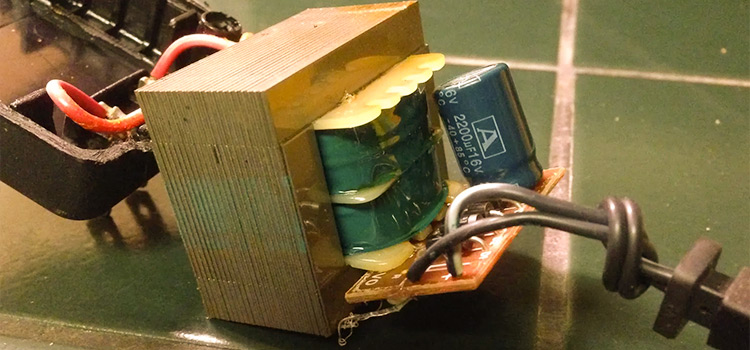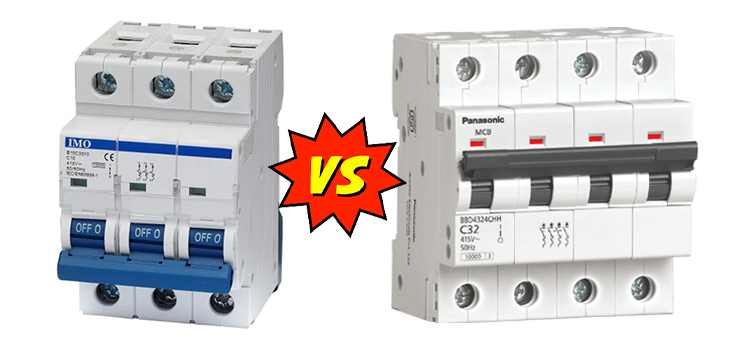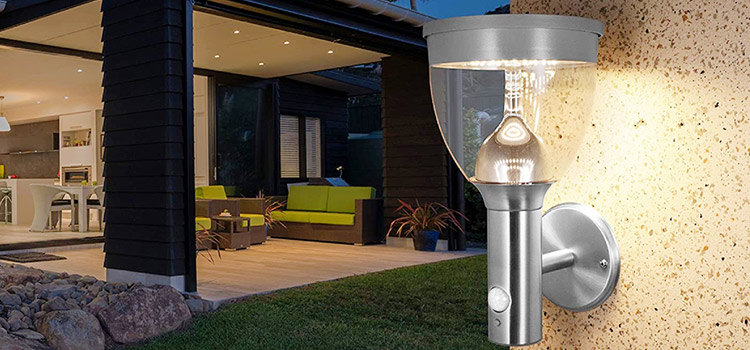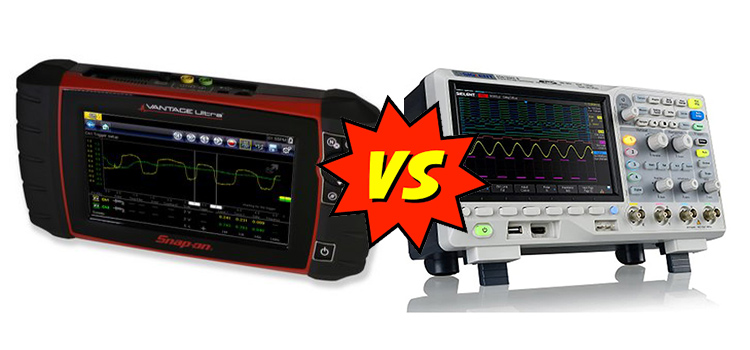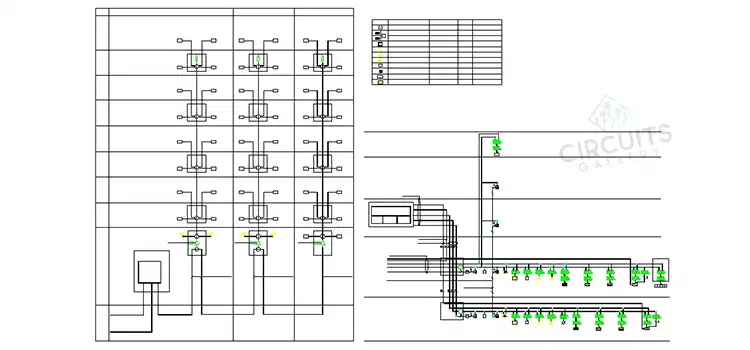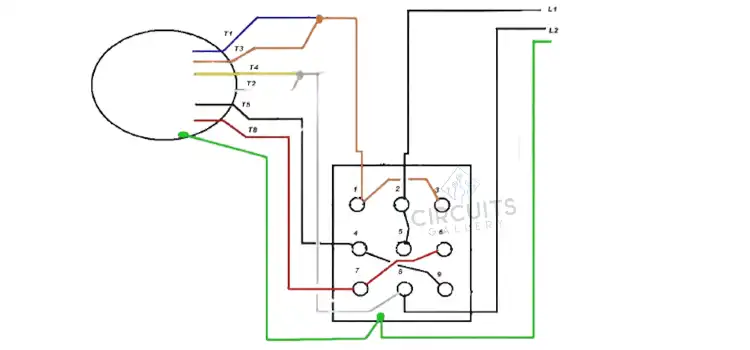What Does 40/70/21 Mean on a Capacitor | A Comprehensive Guide
The minimum and maximum permissible surrounding temperatures are specified on the capacitor as follows: 40/70/21 = minimum permissible temperature: –40°C, maximum permissible temperature: +70°C. 21 is the number of days the capacitor can withstand within specified limits if exposed to 95% relative humidity at -40°C.
These markings indicate the temperature category. Electrolytic capacitors cannot be used at temperatures below -10°C due to the freezing of the electrolyte jelly. The vast majority of capacitors lose capacitance when they become too hot. But temperature-compensating capacitors are an exception.
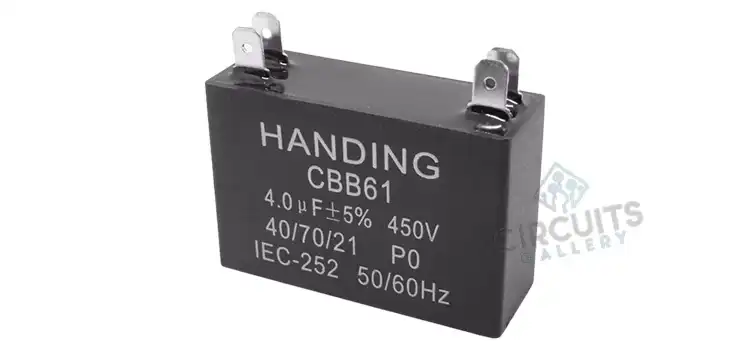
The Meaning Behind 40/70/21 on Capacitors
40/70/21 indicates the maximum and minimum temperature tolerance and humidity tolerance of capacitors. The maximum temperature that the capacitor can withstand here is +70°C and the minimum temperature is -40°C. The capacitor can work fine for 21 days if exposed to 95% humidity at -40°C.
The effect of humidity and temperature on capacitors are illustrated below:
Temperature
Most capacitors perform well between -30°C and +125°C. Plastic capacitor types have nominal voltage ratings for working temperatures no higher than +70°C. Because of leaking and internal pressure, electrolytic capacitors and aluminum electrolytic capacitors are prone to deformation at high temperatures.
Humidity
According to the experimental results, capacitance increased with increasing humidity, demonstrating humidity sensitivity in the studied range. Higher water molecule content at high humidity levels raises the dielectric permittivity constant, which improves device capacitance.
What Does 40 100 21 Mean on a Capacitor
It means that the maximum and minimum temperature tolerance and humidity tolerance of capacitors are 40/100/21. If exposed to 95% humidity at -40°C for 21 days, the capacitor will function normally.
The capacitance of ceramic capacitors varies with temperature. This variation is known as capacitance temperature characteristics. This is caused by the material used in ceramic capacitors and is common on ceramic capacitors from other manufacturers.
What Do Numbers on Capacitors Mean
On small caps, many capacitor manufacturers use a shorthand notation to indicate capacitance. If a capacitor has only a three-digit number printed on it, the third digit represents the number of zeros to add to the end of the first two digits. The resulting value represents capacitance in pF.
The nominal value of a capacitor’s capacitance, C, is the most important of all capacitor properties. This value is measured in pico-Farads (pF), nano-Farads (nF), or micro-Farads (F) and is marked on the capacitor’s body as numbers, letters, or colored bands.
What Does 25 85 21 Mean on a Capacitor
It means that capacitors’ maximum and minimum temperature tolerances, as well as humidity tolerances, are 25/85/21. Here the capacitor can withstand a minimum temperature of -25°C and a maximum temperature of +85°C. The capacitor will function normally if exposed to 95% humidity at -25°C for 21 days.
How Do You Read a Capacitor Reading
Capacitors are circuit elements that respond to rapidly changing signals rather than slowly changing or static signals. Following are the steps that you need to know to read a capacitor :
- Recognize the units of measurement for capacitors. The Farad is the fundamental unit of capacitance (F). This value is far too high to be useful in a circuit. Electronic circuits use smaller denominations of capacitance.
- On larger-bodied capacitors, read the value directly. The value will be printed directly on the capacitor if the surface of the body is large enough. 47 uF, for example, denotes 47 microFarads.
- Two-digit numbers should be read as picoFarads (pF). For example, 47 is read as 47 pF. Three-digit numbers should be read as a base capacitance value in picofarads and a multiplier. The first two digits will be the value of the base capacitor in picoFarads.
- Search for a letter code. Some capacitors have a three-digit code followed by a letter. This letter denotes the capacitor’s tolerance, or how close the actual value of the capacitor can be expected to be to the indicated value of the capacitor.
What Is Capacitive Humidity Sensor
By sandwiching a thin strip of metal oxide between two electrodes, a capacitive humidity sensor measures relative humidity. The electrical capacity of metal oxide varies with the relative humidity of the atmosphere. The major application areas are weather, commercial, and industries.
Frequently Asked Questions
Do capacitors have tolerance?
Just like their resistor counterparts, capacitors also have a variable tolerance. You’ll find tolerance for capacitors between ±1% to ±20% of their advertised value. Maximum Voltage – Every capacitor has a maximum voltage that it can handle. Otherwise, it will explode.
Conclusion
Electrolytic capacitors’ capacitance drifts from the nominal value over time. And they have large tolerances, typically 20%. This means that an aluminum electrolytic capacitor with a nominal capacitance of 47F should have a measured value of 37.6F to 56.4F.
Subscribe to our newsletter
& plug into
the world of circuits
